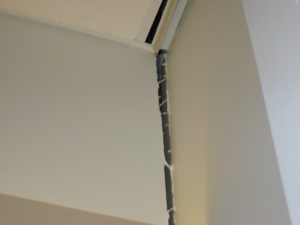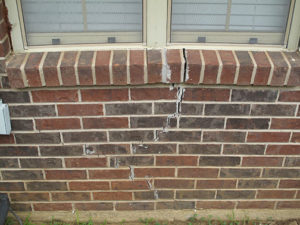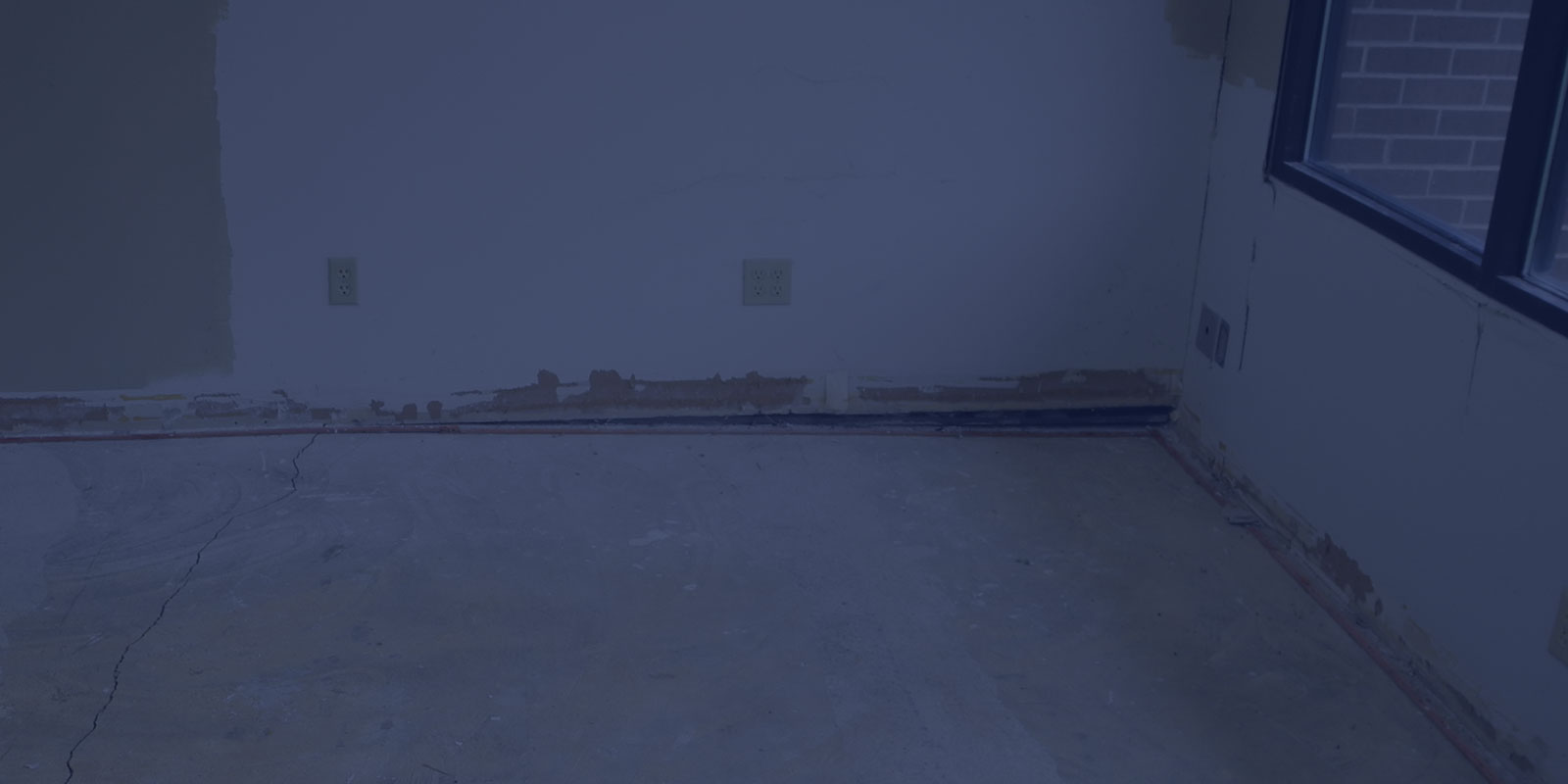Expansive Soil and Foundation Movement in Buildings
A foundation supports a building or other structure, and is the part of the building that directly interacts with the subgrade soils. Expansive soils have the potential to increase in volume (i.e., to “expand” or “swell”) with an increase in moisture content. Therefore, for a building constructed on a site with expansive soils, the foundation must not only transfer the building loads to the soil; it also must resist the loads imparted on the building by soil expansion. If the foundation cannot resist the loads from expansive soils, the building will experience foundation movement.
Expansive soils are among the most costly causes of property damage in the United States. Damage from expansive soils can range from minor floor levelness issues to damage that affects the integrity of the foundation system or building and causes life safety concerns for building occupants. Expansive soils can also cause damage to other structures such as bridges and retaining walls.

Multiple variables can affect the potential for soil expansion, with two primary factors being the soil characteristics and the amount of moisture variation that occurs in the soil at a given site. Expansive soil issues are most severe in areas where the climactic factors related to moisture are highly variable, such as areas with arid and semi-arid climates, which allow for cyclic variability in soil moisture contents during the year and during the life of a building. Moisture sources not directly related to the climate, such as from plumbing leaks, changes in groundwater profiles, and poor site drainage, can also have a significant effect on foundation performance.
Building issues related to expansive soils and foundation movement may arise soon after construction or may not be readily apparent for a number of years, after the structure has been exposed to cycles of seasonal moisture variability. If such issues are suspected, it is important to have the building and foundation evaluated. There are different levels of foundation movement evaluation that can be performed; however, most evaluations will include an elevation survey of the foundation. More detailed evaluations may include forensic testing of the site soils to determine the characteristics of the soils underlying the building foundation.


